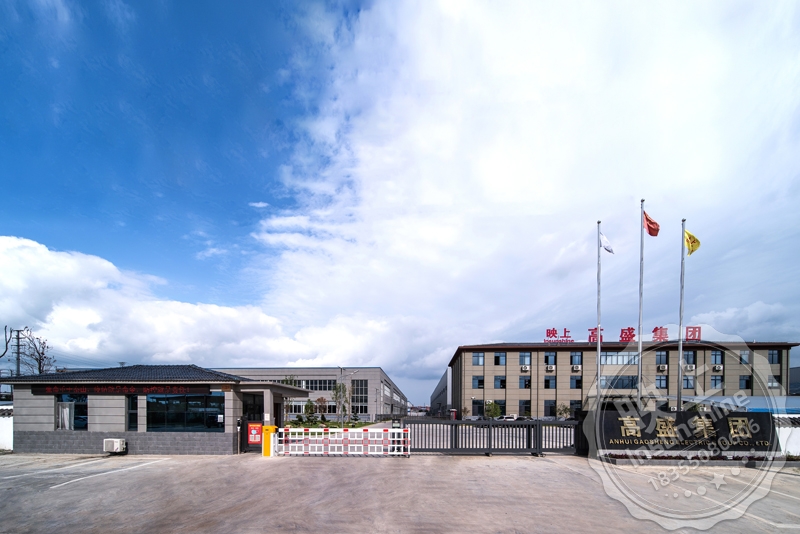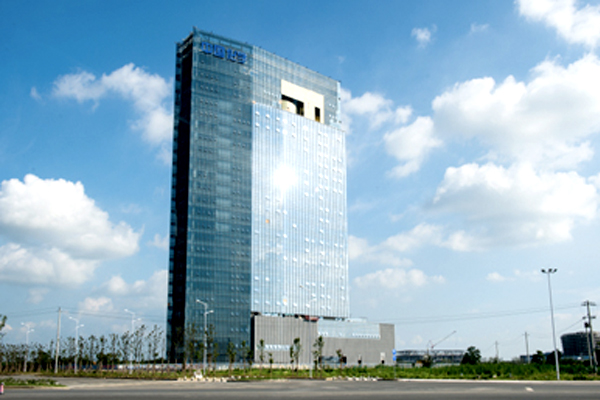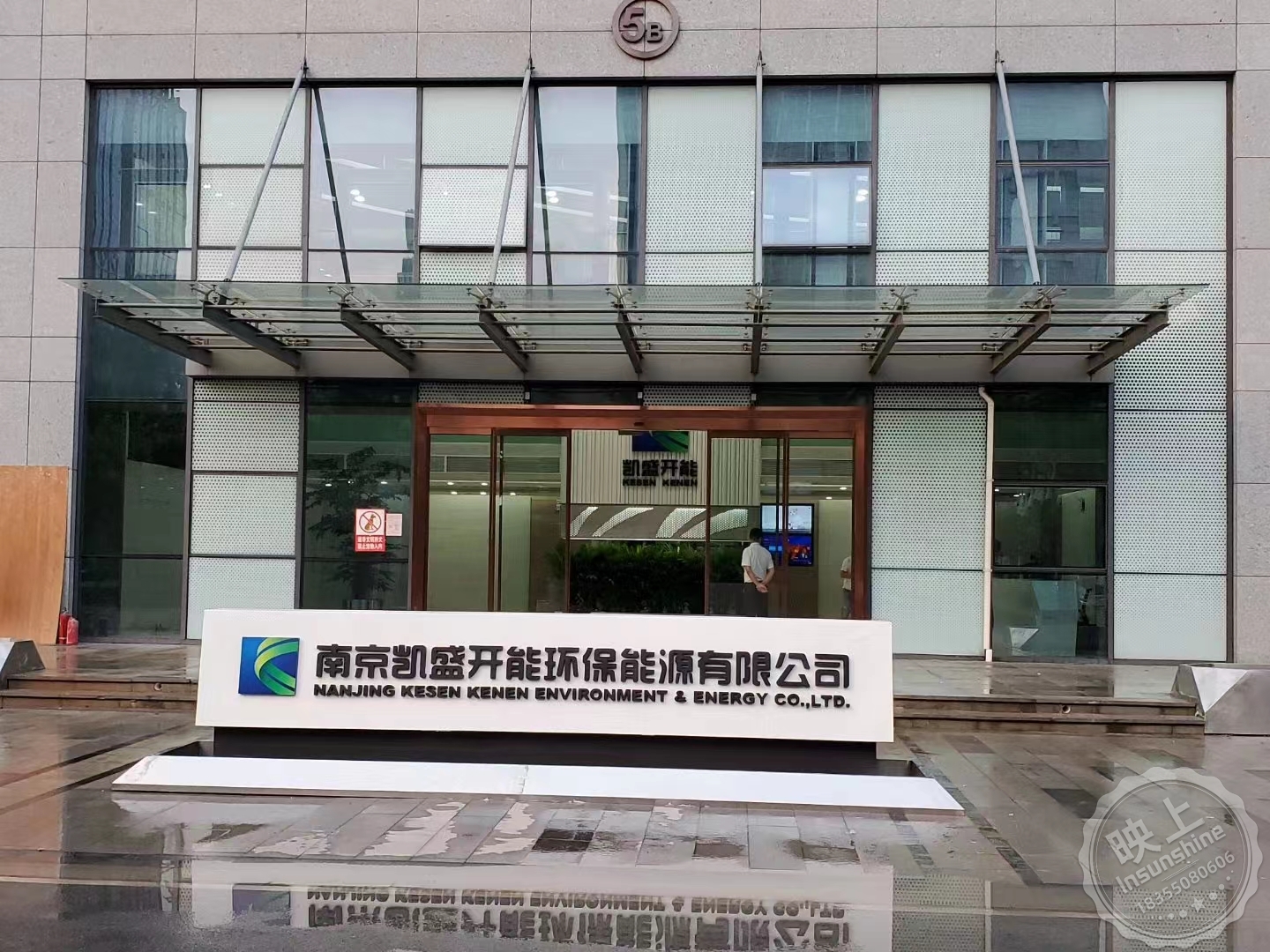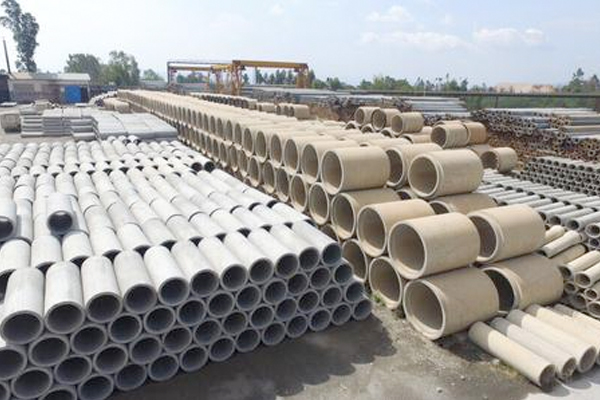Product Introduction
Boiler water flow meter, also known as electromagnetic flow meter, is an induction instrument that measures the volume flow rate of conductive medium inside a pipe based on Faraday's law of electromagnetic induction. It uses embedded microcontroller technology to achieve digital excitation, and adopts CAN fieldbus on the electromagnetic flow meter, achieving a high level of technology in China. In addition to measuring the flow rate of general conductive liquids, it can also measure the volumetric flow rate of liquid-solid two-phase flow, high viscosity liquid flow, and salt, strong acid, and strong alkali liquids. Widely used in industries such as chemical, environmental protection, metallurgy, pharmaceuticals, papermaking, and water supply and drainage.
There are no movable parts or flow blocking components inside the pipeline, and there is almost no additional pressure loss during measurement.
The measurement results are independent of physical parameters such as flow velocity distribution, fluid pressure, temperature, density, viscosity, etc.
On site, the range can be modified online according to the actual needs of the user.
High definition backlit LCD display, fully Chinese menu operation, easy to use, simple to operate, easy to learn and understand.
Using SMD devices and surface mount technology, the circuit has high reliability.
Adopting a 16 bit embedded microprocessor, it has fast computing speed and high accuracy, programmable low-frequency rectangular wave excitation, and improves the stability of flow measurement.
All digital processing, strong anti-interference ability, reliable measurement, high accuracy, flow measurement range can reach 150:1
Ultra low EM1 switching power supply, suitable for a wide range of power supply voltage changes, with good EMC resistance performance.
It has digital communication signal outputs such as RS485, RS232, Hart, and Modbus.
It has self checking and self judging functions, and provides sensor non-linear correction function without any reason.
Power outage protection, the calculation results of the flowmeter and the parameters set by the user will not disappear after power outage, and EEPROM can protect the set parameters and accumulated values.
Comparison Table of Flow Caliber
| Caliber mm | Flow range m³/h | Caliber mm | Flow range m³/h |
| DN10 | 0.16~2.5 | DN400 | 250~4000 |
| DN15 | 0.4~6 | DN500 | 400~6000 |
| DN20 | 0.6~12 | DN600 | 600~10000 |
| DN25 | 1.0~16 | DN700 | 800~12000 |
| DN32 | 1.6~25 | DN800 | 1000~16000 |
| DN40 | 2.5~40 | DN900 | 1200~20000 |
| DN50 | 4.0~60 | DN1000 | 1600~25000 |
| DN65 | 6.0~120 | DN1200 | 2500~30000 |
| DN80 | 10~160 | DN1400 | 3000~50000 |
| DN100 | 16~250 | DN1600 | 3000~60000 |
| DN125 | 25~400 | DN1800 | 5000~60000 |
| DN150 | 40~600 | DN2000 | 6000~100000 |
| DN200 | 60~1000 | DN2200 | 1367.78~136778.4 |
| DN250 | 100~1600 | DN2400 | 1627.78~162777.6 |
| DN300 | 160~2500 | DN2600 | 1910.38~191037.6 |
| DN350 | 200~3000 | DN2800 | 2306.56 ~ 236062.8 |
Product Selection
| Model | Caliber |
|
||||||
| CH-LE | 10~2600 | |||||||
|
|
|
Code | Installation form |
|
||||
| Y | Integrated | |||||||
| F | Split type | |||||||
|
|
Code | Converter model | ||||||
| ZA | Rotundity | |||||||
| ZB | Square (only applicable to split type) | |||||||
|
|
Code |
Power supply form |
||||||
| AC | (AC power)220V AC 50Hz(90~245V AC 50Hz) | |||||||
| DC | (Direct current)24V DC (20~36V DC) | |||||||
| LD |
Lithium battery power supply (without signal output) |
|||||||
|
|
Code |
|
|
|
||||
|
|
I |
|
|
|
||||
|
|
f |
|
|
|
||||
|
|
Rs |
|
|
|
||||
|
|
H |
|
|
|
||||
|
|
C |
|
|
|
||||
|
|
|
Medium temperature |
||||||
| ≤65℃ | ||||||||
| ≤120℃ | ||||||||
| ≤180℃(Only applicable to split type) | ||||||||
|
Code |
Lining material | |||||||
| NE | Chloroprene rubber (≤ 65 ℃) | |||||||
| PVC | Polyvinyl chloride (≤ 70 ℃) | |||||||
| PU | Polyurethane wear-resistant (≤ 80 ℃) | |||||||
| PTFE | Polytetrafluoroethylene (≤ 180 ℃) | |||||||
|
|
Code |
Electrode material | ||||||
| 316L | Stainless steel | |||||||
| HC | CHastelloy C | |||||||
| Ti | Titanium | |||||||
| Ta | Tantalum | |||||||
| Pt | Platinum | |||||||
|
Reminder: Essential for flowmeter selection, medium, caliber (flow range), electrode material, lining material, installation requirements |
||||||||
Comparison Table of Advantages and Disadvantages of Electromagnetic Flowmeters
| Electromagnetic Flowmeter | ||
| Advantage | Disadvantage | |
| 1 | There are no movable parts or throttling components that obstruct fluid flow inside the measuring tube, so there will be no additional pressure loss when the fluid passes through the flowmeter | It can only measure the liquid flow rate of conductive media and cannot measure the flow rate of non-conductive media |
| 2 | Electromagnetic flow meters can be used to measure the flow rate of other conductive liquids after being calibrated with water | Cannot be used to measure gases, vapors, and liquids containing large amounts of gas |
| 3 | Its range ratio can reach 20:1, and some can even reach a range ratio of 100:1. | The medium inside the pipeline must be full, and non full pipes cannot be measured |
| 4 | No mechanical inertia, sensitive response, able to measure instantaneous pulsating flow, flow in both positive and negative directions | Can only measure pipes with a diameter of DN10 or above, not suitable for small diameters |
| 5 | Measurable flow rates of corrosive media, contaminated media, and suspended liquid-solid two-phase flow | Cannot measure hydrofluoric acid medium |
1. It should be installed at the lower and vertically upward positions of the horizontal pipeline, avoiding installation at the * * * point and vertically downward position of the pipeline;
2. Should be installed at the rising point on the pipeline;
3. When installing an open discharge pipeline, it should be installed at the lower part of the pipeline;
4. If the pipeline drop exceeds 5m, install an exhaust valve downstream of the sensor;
5. Control valves and shut-off valves should be installed downstream of the sensor, rather than upstream of the sensor;
6. The sensor * * * cannot be installed at the inlet and outlet of the pump, it should be installed at the outlet of the pump.



























